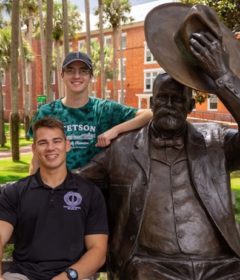Celebrating 140 Years: 1923-1932, Decade of Glory, Giving and Ghosts
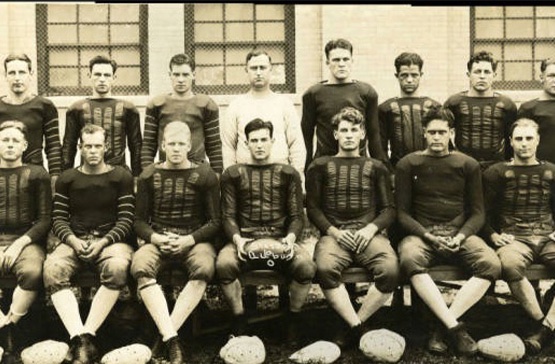
Football Glory
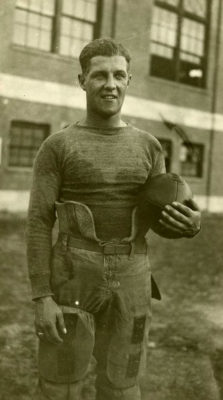
Yes, the Stetson had a big-time football program. Did you know that in 1923 the Hatters squared off against the Gators? Stetson was on the exact same playing field — literally and figuratively — as the University of Florida for decades before disbanding the football program in 1956 (and reviving it in 2013). The program dates all the way back to 1901.

In 1923, The Hatters lost that game to Florida, 26-0, but in 1927 they finished the season 6-0-1, including wins over Auburn University and the University of Miami. The Hatters, in fact, were victorious in each of their four games against Miami during the decade — by a cumulative score of 82 points to 6. For the record, the Hatters have participated in one bowl game, the 1952 Tangerine Bowl — winning 35-20 over Arkansas State.
Philanthropic Tradition
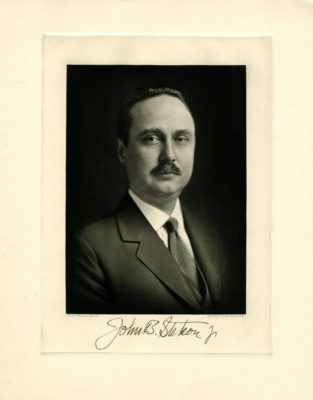
Let’s stamp this decade with “Stetson Staying Power.” In 1929, the Great Depression hit Stetson just as hard as it had other institutions nationwide. Yet, the university’s murky financial picture of that day serves to showcase a fundraising strength that today shines brightest.
Because of the Great Depression, John B. Stetson Jr. — who followed in his parents’ footsteps as a generous donor — could no longer be counted on for significant funding help at Stetson. Nonetheless, his philanthropy, along with his family’s, left an indelible mark of giving that remains intact. During the 2022 fiscal year, Stetson raised $52.2 million, a record for giving that this year was eclipsed. For the 2023 fiscal year, which ended June 30, Stetson raised $65 million for student scholarships, renovations and other areas across the institution. (Note: Approximately 75% of the funds raised during the two record-setting years will go to student scholarships today and tomorrow.)
Lasting Presence
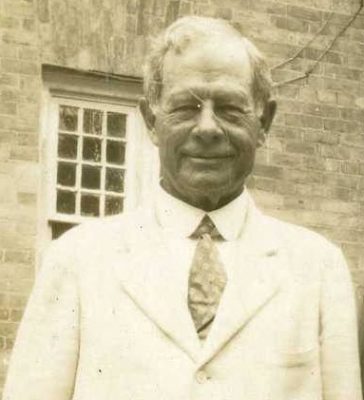
Talk about staying power — there’s Lincoln Hulley. He served as Stetson president from 1904 to 1934, making him the university’s longest tenured president. During his 30 years at the helm, the university was accredited, enrollments grew and the campus expanded. He oversaw the construction of Sampson Hall, Conrad Hall and Cummings Gymnasium, among other buildings.
A prolific poet, playwright and orator, Hulley was known to deliver stirring sermons, and he held two terms in the Florida State Senate, starting in 1918. And, in a sense, his presence at Stetson remains. He died in office in 1934 and is interred, with his wife, Eloise, in the Hulley crypt on campus.
Historical Drama
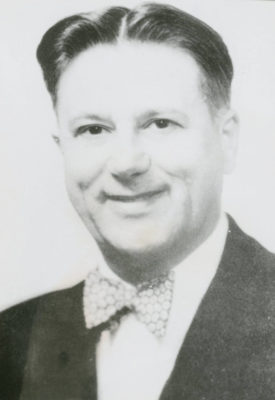
If one wants a real ghost tale, consider Stover Theatre, built in 1930 to house the oldest collegiate theatrical company in the South. At first, the building was called Assembly Hall, because Florida churchmen complained about the university’s construction of a “theatre.” In 1938, it was renamed Stover Theatre to honor Irving Stover, PhD, a Stetson professor who was head of the speech department from 1908 to 1964. Stover died in 1965 and was rumored to haunt the building. By 2008, stage managers had established a tradition of communing with the spirit of Stover when alone in the dark of the theater. They did so sometimes to invite him to performances and other times to request his help.

Following 82 years of theater production and several renovations, the building was demolished in 2012 as part of a Campus Master Plan.
Learn more about Stetson’s 140-year anniversary and join in on the celebration throughout the fall.
-Michael Candelaria and Stetson University Archives


